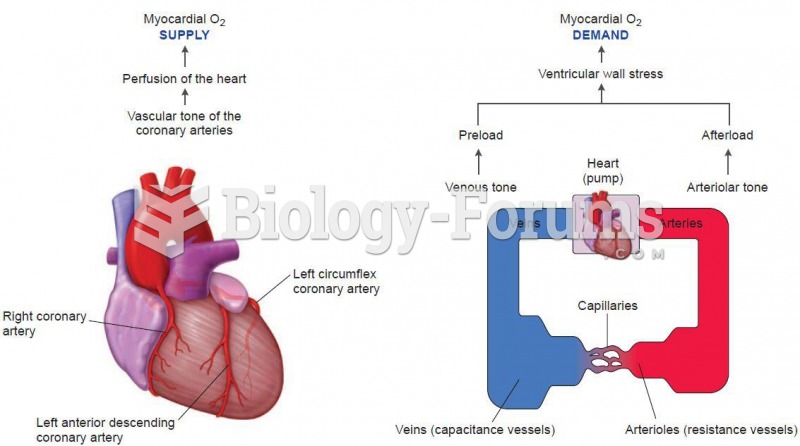|
|
|
The Romans did not use numerals to indicate fractions but instead used words to indicate parts of a whole.
In 2012, nearly 24 milliion Americans, aged 12 and older, had abused an illicit drug, according to the National Institute on Drug Abuse (NIDA).
Although the Roman numeral for the number 4 has always been taught to have been "IV," according to historians, the ancient Romans probably used "IIII" most of the time. This is partially backed up by the fact that early grandfather clocks displayed IIII for the number 4 instead of IV. Early clockmakers apparently thought that the IIII balanced out the VIII (used for the number 8) on the clock face and that it just looked better.
The first oncogene was discovered in 1970 and was termed SRC (pronounced "SARK").
Multiple experimental evidences have confirmed that at the molecular level, cancer is caused by lesions in cellular DNA.







